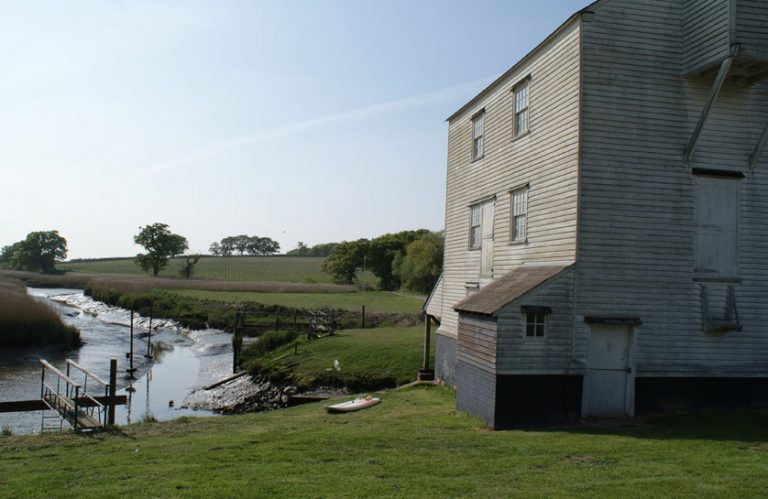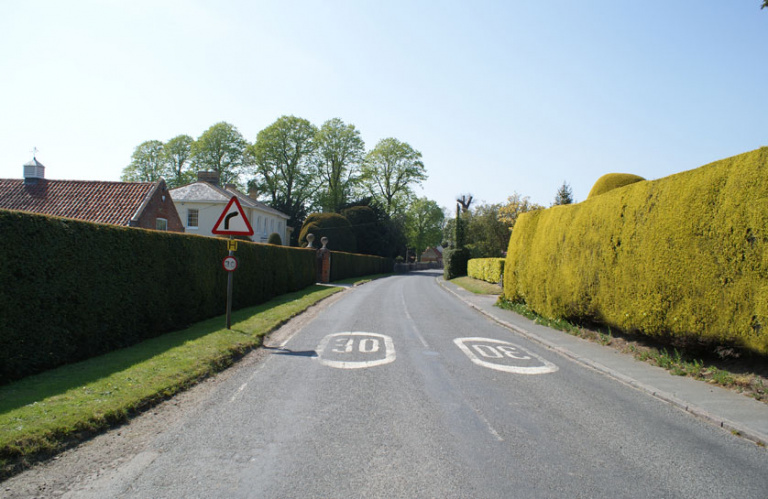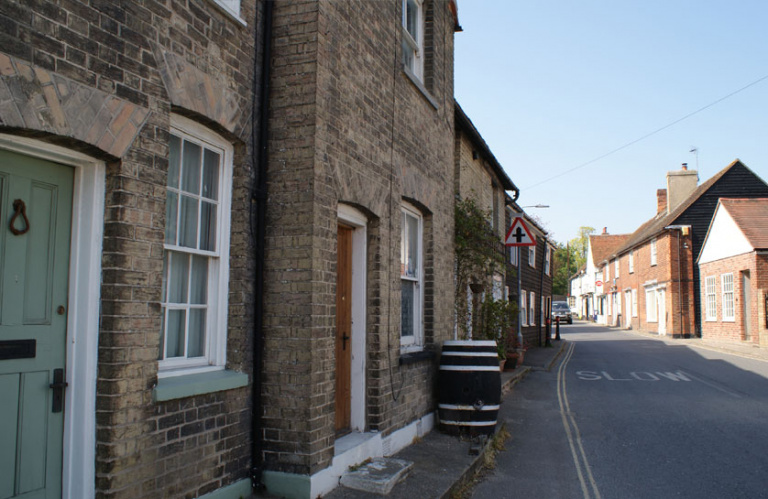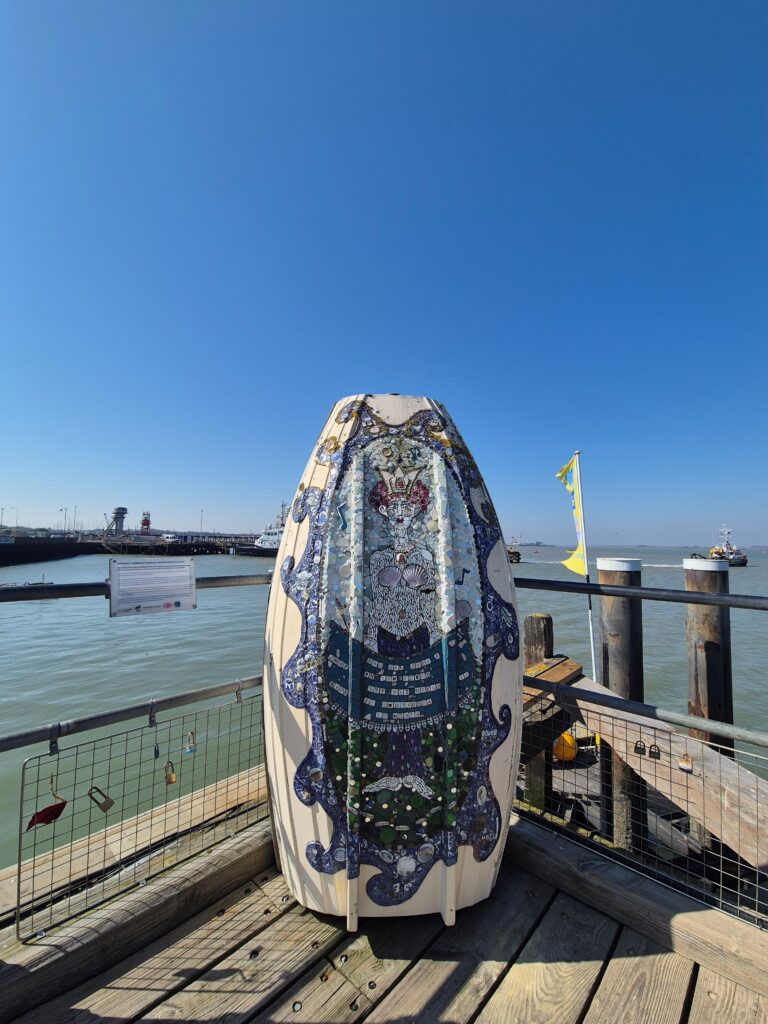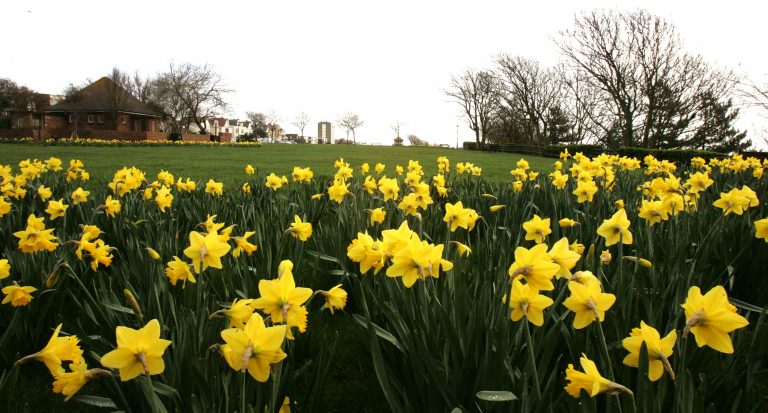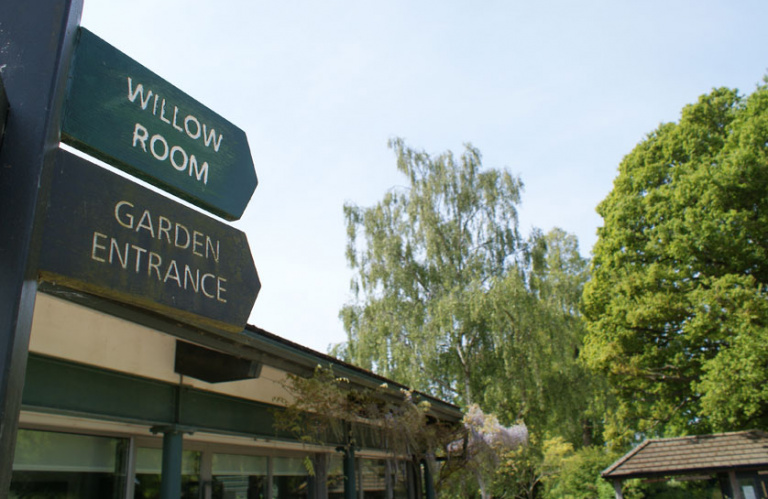-
Located along the Essex Sunshine Coast, Jaywick Sands offers a laid-back seaside atmosphere with wide, sandy beaches ideal for walking, relaxing, and enjoying panoramic sea views. Its peaceful charm and welcoming community make it a perfect spot for a quiet escape. A highlight of the area is the Jaywick Martello Tower, a restored 19th-century coastal defence structure that now serves Read more…
-
Thorrington is a quaint village just north of Brightlingsea. Made up of just over 500 households it boasts a scout camp, the Red Lion Village Pub, a village hall, a village shop and post office and a small industrial estate at the crossroads, a number of residential care facilities and . Mentioned in the Domesday Book as Torinduna, the name has taken Read more…
-
The village is graced by the elegant Church of St. Edmund. The church is dedicated to the last king of independent East Anglia, martyred by the Danes in the 9th Century. For local information and accommodation details contact: Visitor Information Centre (located within Clacton Town Hall, CO15 1SE) on 01255 686633. Read more…
-
This charming and attractive village derives its name from St. Osyth daughter of the first Christian King of East Anglia. Located centrally within the village is a selection of shops and eateries. The village centre is dominated by the Augustinian Priory ruins and its magnificent Gatehouse, which was completed in 1475. The latter forms one of the finest monastic buildings in Read more…
-
Mistley & Manningtree are attractive small ports at the head of the river Stour. The main high street in Manningtree offers a selection of independent and boutique shops as well as the more familiar named shops. A good variety of eating and drinking establishments are on offer in the local area providing a warm welcome to visitors and food and Read more…
-
Lawford is a village and civil parish in the Tendring district which merges into Manningtree (believed to be the smallest town by area). Offering easily accessible bus and rail links, there are many walking routes to discover some of which take you along the banks of the River Stour. The ring ditches and banks to the south west of Reed Read more…
-
Harwich is an attractive, historic and unique town steeped in a wealth of maritime history and ideally located with excellent road, rail and ferry links. The attractive old town was built on a grid pattern, in the 13th Century, by the Earl of Norfolk, to exploit its strategic position at the mouth of the Stour/Orwell estuaries. Famous seafarers Frobisher, Drake, Read more…
-
Great Bentley is probably best known for, what is reputedly the largest Village Green in England, with approximately 43 acres. The Village Green was purchased by the Parish Council on behalf of the residents of the Great Bentley in 1965 from the then Lord of the Manor. The village has a thriving Business Centre. There are a large number of Read more…
-
Developed as a select resort by Sir Richard Cooper and largely expanded after 1886. The area south of Frinton Gates was laid out with detached houses set along broad tree lined avenues and has preserved a unique local character. Lined with colourful old-style beach huts, the tranquil sandy beach and promenade has remained largely uncommercialised. Just above the beachline, the Read more…
-
Elmstead and its hamlet of Elmstead Market, the modern village centre, straddle the A133 from Colchester (4 miles to the west) to Clacton (20 miles to the east). The name of Elmstead Market, derives from a market being held in the village during one of the visitations of the plague in Colchester. The Church of St. Anne and St. Lawrence Read more…
Clacton
www.essex-tides.comTide times for 27 November 2025
| Tide | Time | Height |
|---|---|---|
| High | 03:29 | 3.9m |
| Low | 09:56 | 0.9m |
| High | 16:02 | 3.9m |
| Low | 22:05 | 1.4m |


